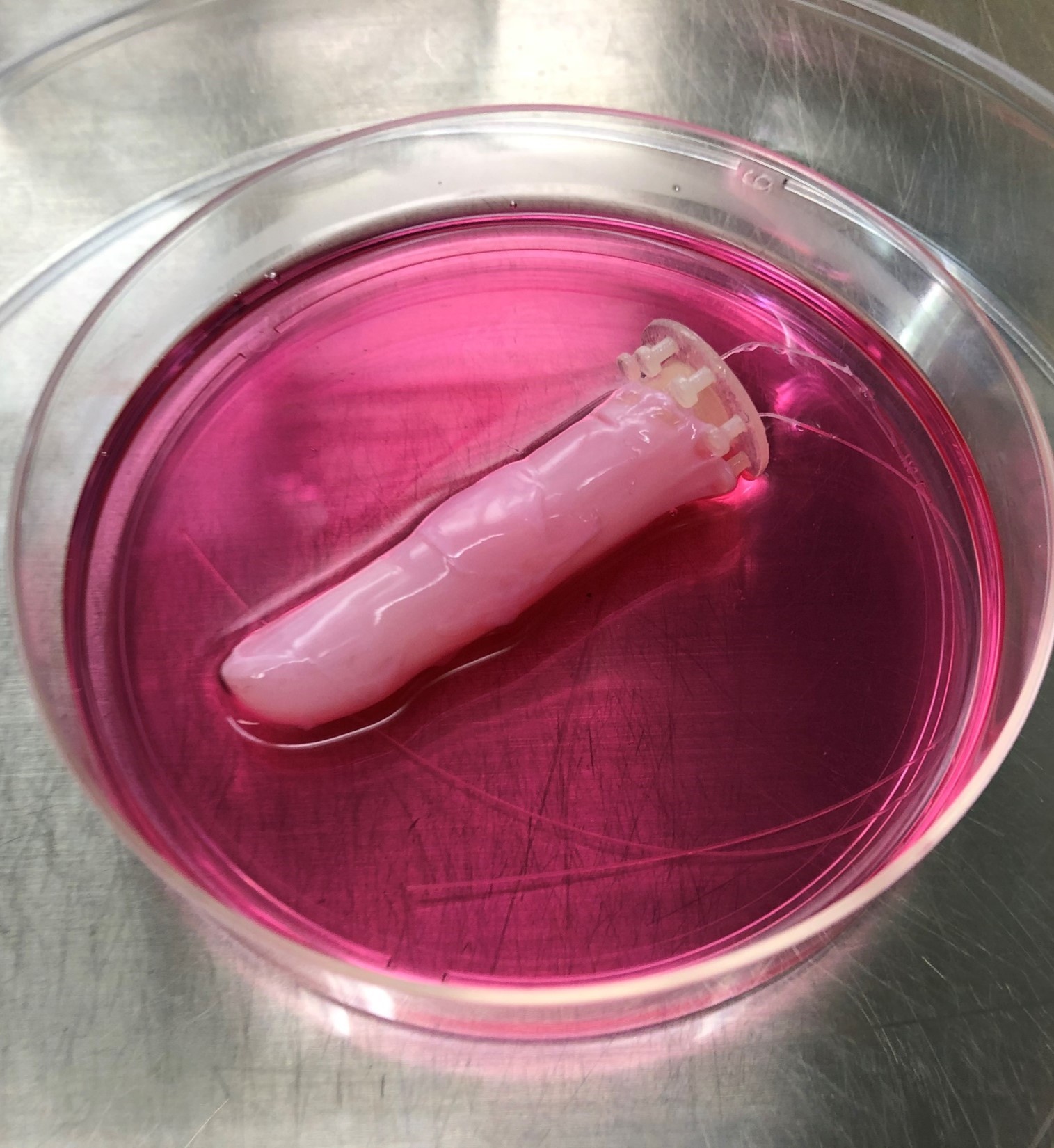Interview Jonathan Rossiter: "We will be able to ingest robots that cure diseases"
Technology A cockroach robot to the rescue
Giving robots a human appearance is one of the main objectives of the engineers who design them, and this week they have achieved something they had been trying for a long time: wrapping them in almost human skin.
It is not surprising that the advance comes from a laboratory in Japan, the country where humanoid robots are most widespread, already used to offer assistance to the sick or people with reduced mobility, but also present in some stores and in companies as receptionists.
Some robots have been covered in silicone to simulate skin and
try to make them look closer
, but this material does not serve to give a natural appearance to the face and simulate certain features, such as wrinkles.
That humanoids really look like a person to make it easier for us to interact with them and their social acceptance is still the field of science fiction, although what this team of researchers presents in the specialized magazine
Matter
is a first step in that line: they have managed to cover a robotic finger with skin made from basically the same ingredients as human skin.
According to these scientists, not only have they achieved a texture similar to that of a person's skin, but
the material also repels water and is capable of repairing itself.
As Shoji Takeuchi, professor at the University of Tokyo and lead author of the study, explains to this newspaper, it takes 24 days to grow this skin: "It takes a week to get the cells, three days for the formation of the dermis and 14 days for the formation of the epidermis", summarizes the scientist, whose team
has spent two years to achieve it
.
The process of making the skin was as follows: First, they immersed the robotic finger in a cylinder with a solution of collagen and human dermal fibroblasts, the two main components that make up the connective tissues of the skin.
Takeuchi says the success of his experiment lies in the natural tendency of this mixture of collagen and fibroblasts to shrink, allowing it to conform well to the finger.
The robotic finger covered with cultured skinShoji Takeuchi
This layer acts as a uniform base that facilitates the correct adherence of the next layer of cells, the human keratinocytes, which are the most present cells in the human epidermis.
They make up 90% of the skin's outermost layer, which Takeuchi says gives the robot a similar texture to a person's skin, as well as acting as a moisture-retaining barrier.
little resistant skin
According to the Japanese researcher, his robotic finger looks slightly 'sweaty' when it is removed from the solution in which it has been grown.
They are not yet fully satisfied with the result
, because "it is much weaker than natural skin, and it does not survive long unless it is continuously supplied with nutrients. "We are thinking of installing a vascular structure as the next challenge", says Takeuchi, who estimates that they will need another five years to develop a method that will allow them to make skin that lasts longer.
Its objective is to incorporate other types of tissues and more sophisticated functional structures within the skin, such as sensory neurons, hair follicles, nails and sweat glands.
Regarding whether this skin can burn if it is exposed to solar radiation, he affirms that in this phase of the investigation it is difficult for this to happen, but it could happen when they manage to form a more mature skin structure.
He still does not dare to predict when they will be able to cover the entire body of a humanoid with this living, almost human skin: "We want to do it as soon as possible, but we still have a long way to go, basic research for this purpose has just begun. ".
Conforms to The Trust Project criteria
Know more

